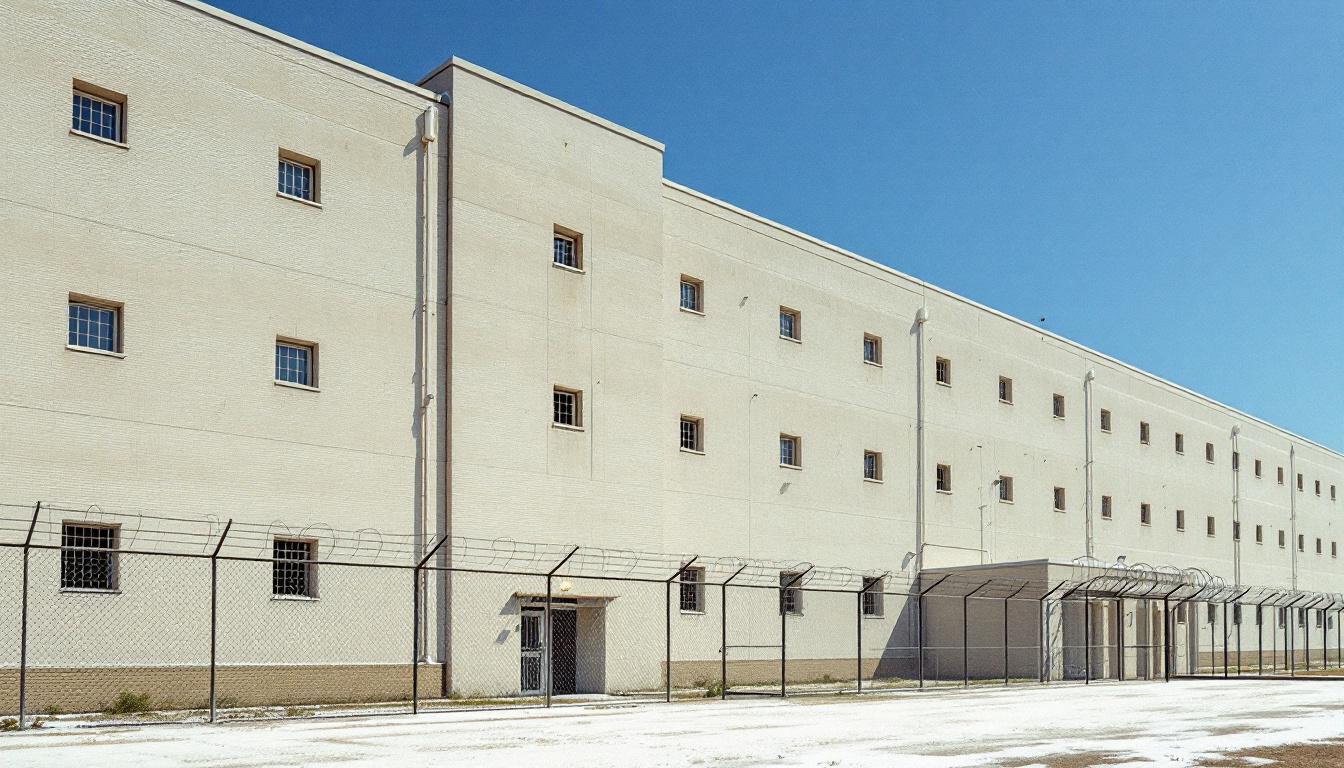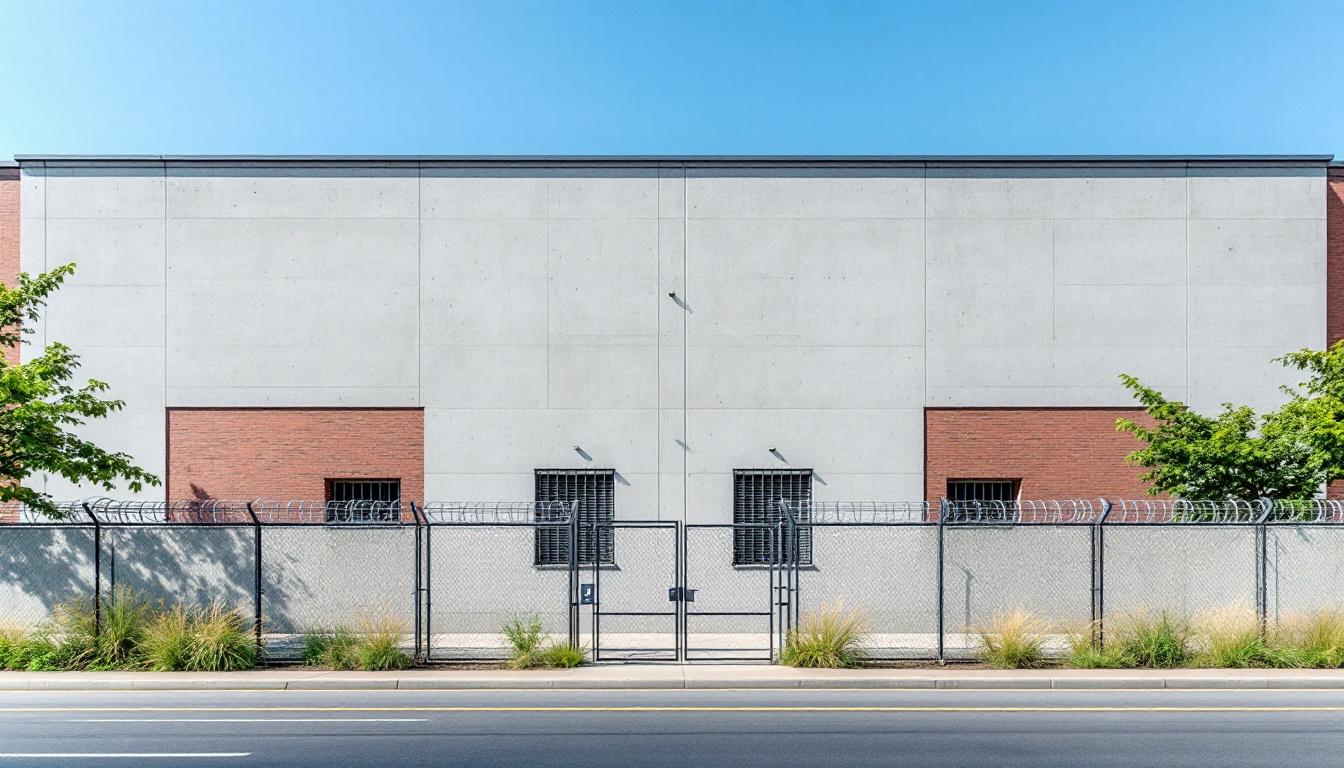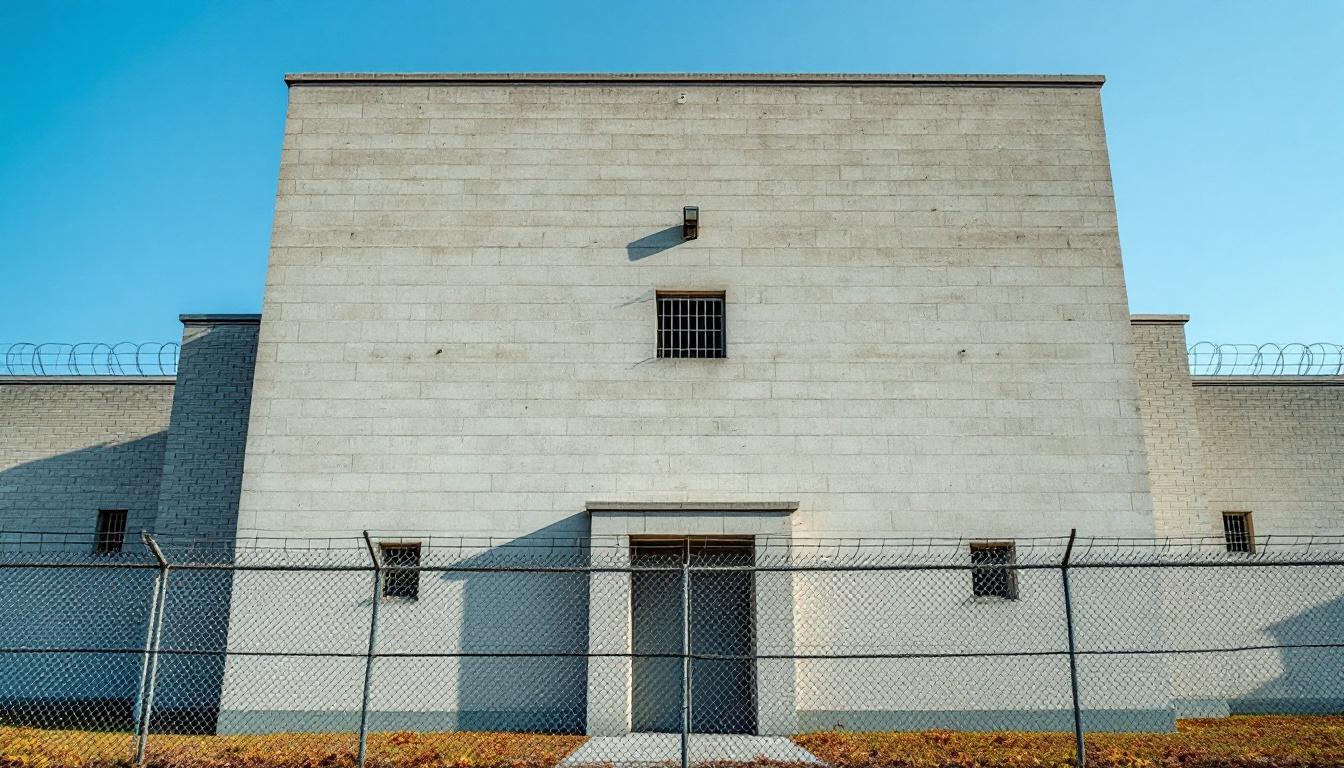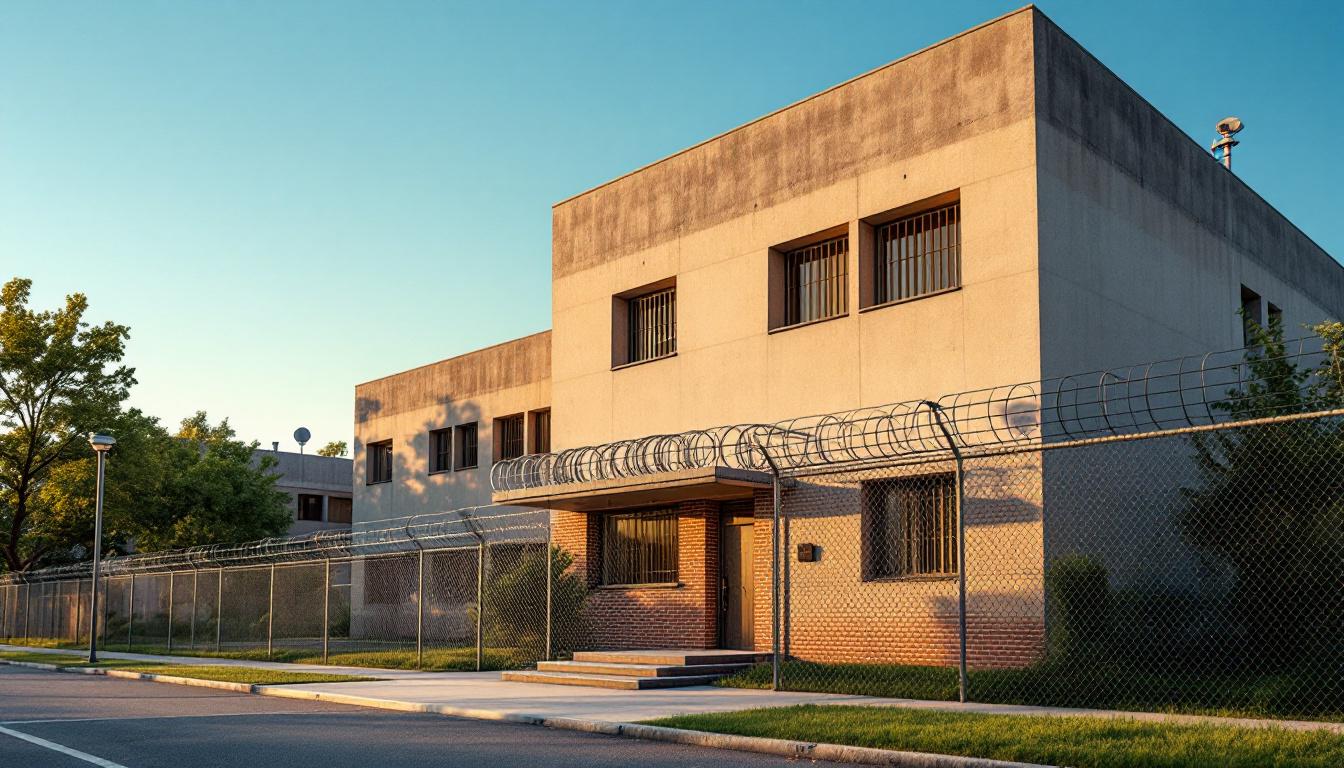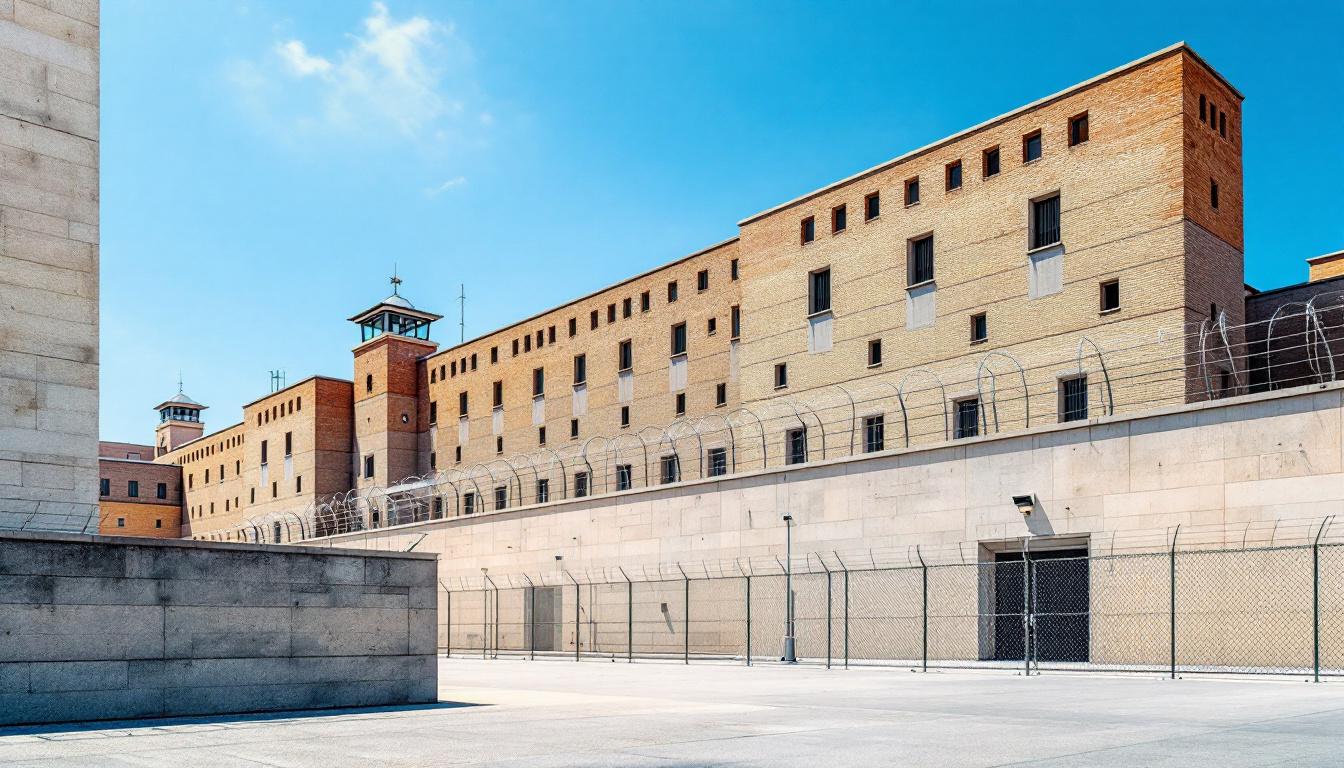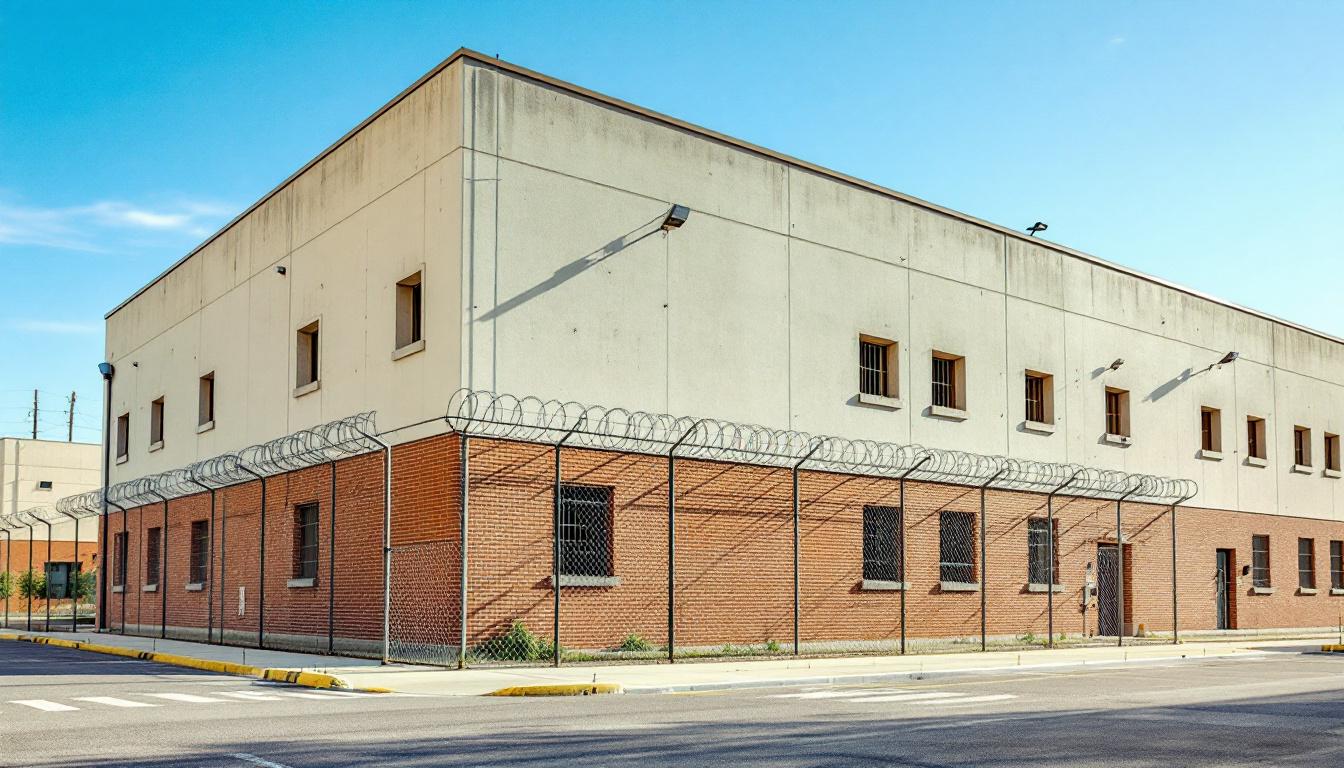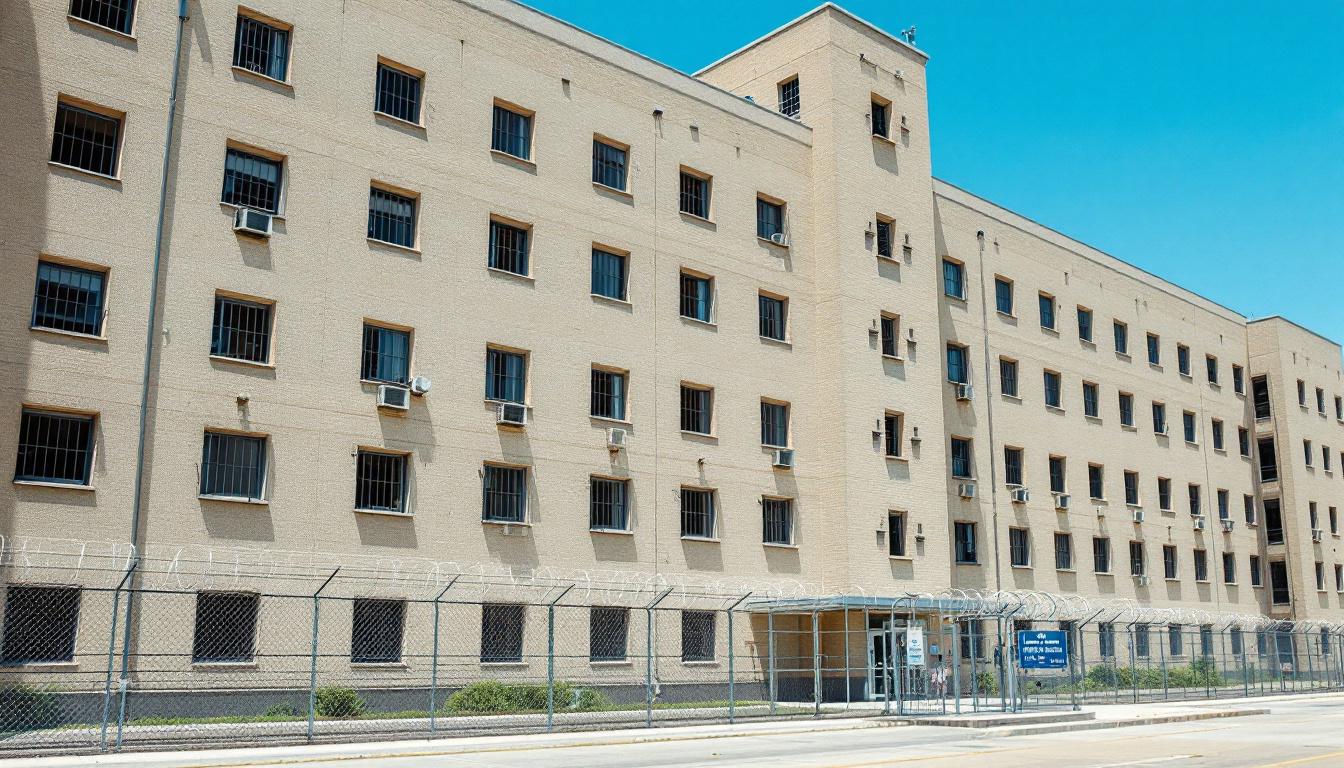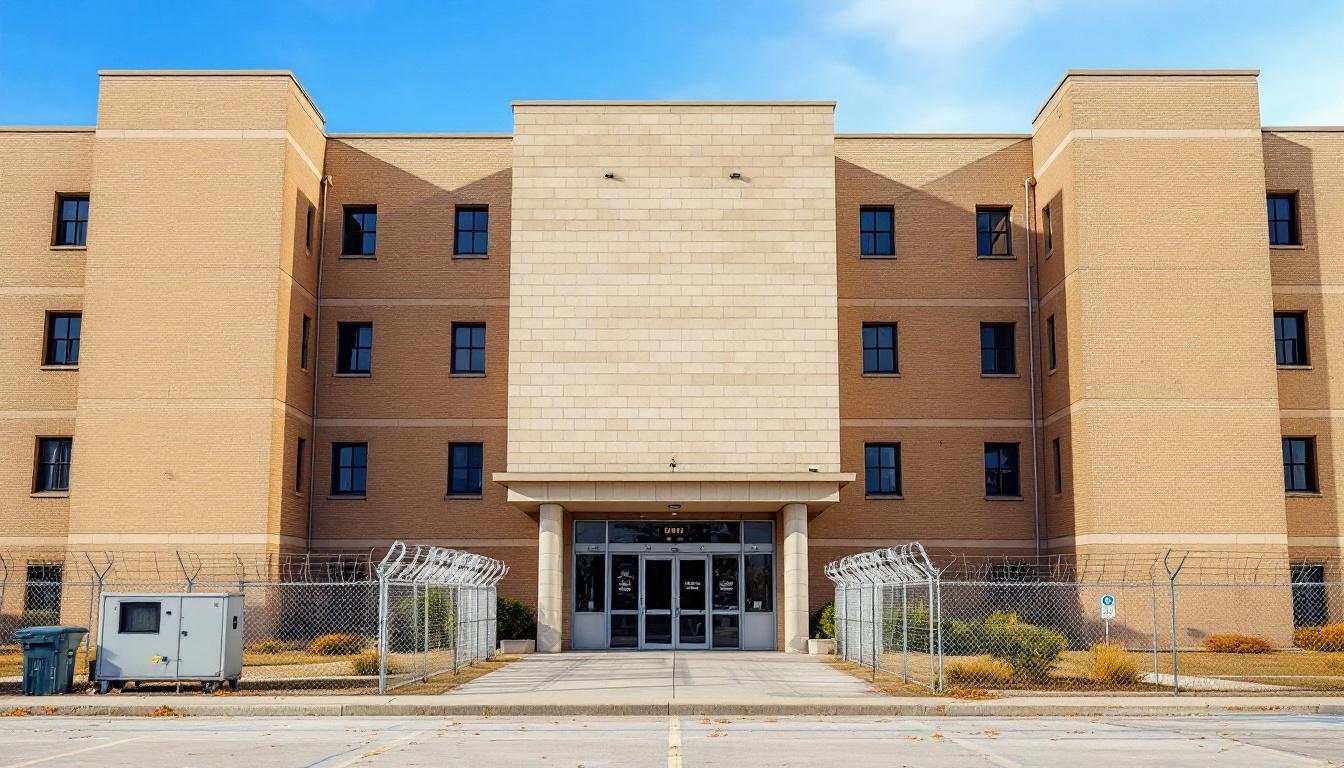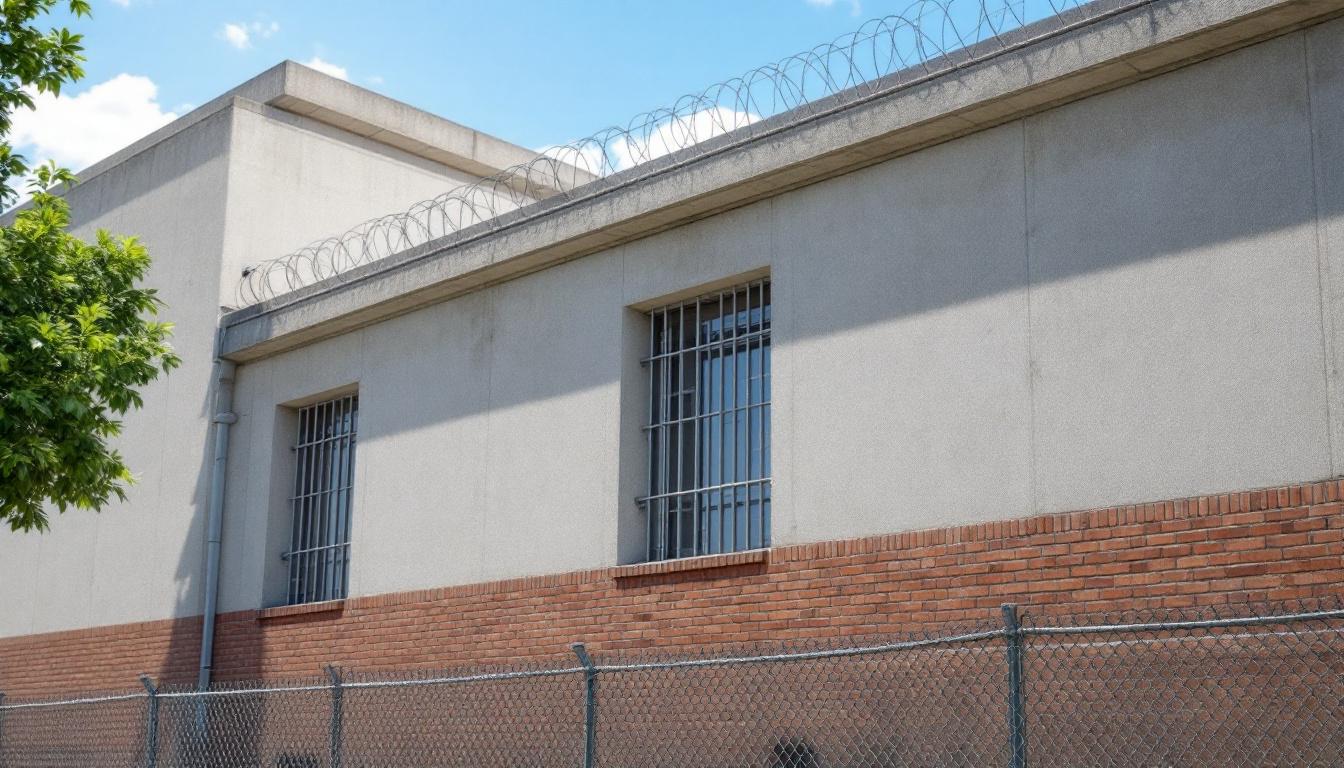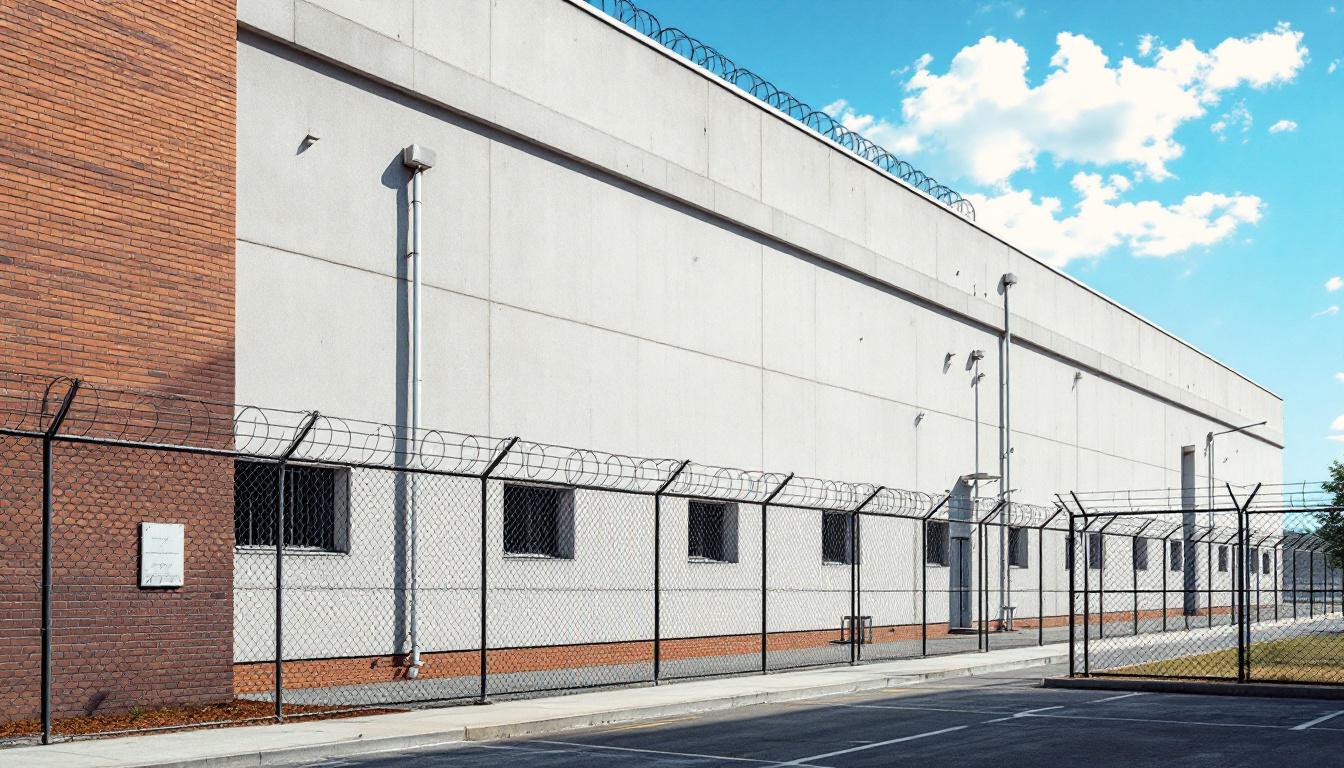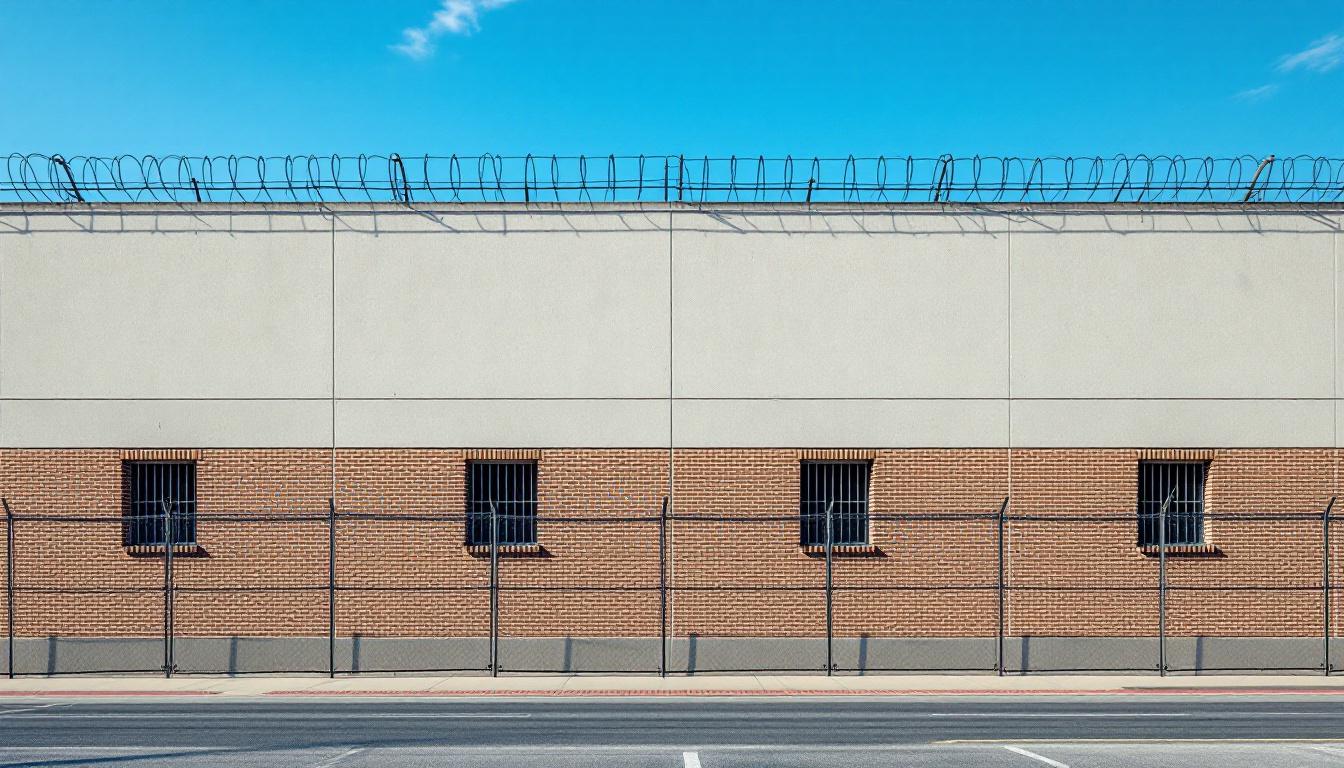
Quick Navigation
How to contact an inmate at Century Regional Detention Facility
This comprehensive guide will walk you through how to connect with an inmate at Century Regional Detention Facility. Follow the steps below to find an inmate and send letters and photos:
- Search for the inmate using our search tool below
- Create your account or log in to Penmate
- Write your message (up to 6,000 characters)
- Send instantly - inmates receive printed copies daily
Find an Inmate
Search for an inmate to start communicating today
Tip: You can search by first name, last name, or inmate ID number
To contact a person at Century Regional Detention Facility start by searching for the person on the official facility website. Perform a search by following these steps:
- Step 1: Enter their first name and last name into the search form and click "Search"
- Step 2: Locate their inmate record
- Step 3: Write down their Inmate ID and any housing information provided
Important! Be sure to enter the person's full name. Nicknames should not be used.
How to Send Messages to Inmates

You can use your phone or computer to send emails, letters, and photos to an inmate. Messages are sent electronically to inmate tablets or kiosks at the facility. If you would like to send a message, start by searching for an inmate at Century Regional Detention Facility.
Sending Photos and Postcards

A great way to send love and support to a loved one at Century Regional Detention Facility is to send photos and postcards. It only takes a few minutes to send photos from your phone and it makes a huge difference. You can also mail postcards with words of support and inspiration, or design your own postcard for special moments like birthdays and holidays.
Important! Be sure not to send any explicit photos or they may not be approved by the facility. You can also use a photo printing app like Penmate to make sure your photos are printed at the correct size (4x6 or 3x5) and are mailed according to the rules and regulations of Century Regional Detention Facility.
Frequently asked questions about Century Regional Detention Facility
-
How long does it take to deliver a message?
If you're sending an email message your letter is usually delivered within 24-48 hours. For messages sent via mail you should expect delivery within 3-7 days. All messages will need be approved by Century Regional Detention Facility.
-
How much does it cost to send a message to Century Regional Detention Facility?
You can send a message free using your phone or mail a message via USPS for the price of a $0.60 stamp and envelope. You can also purchase credits or e-stamps from services starting at $1.99.
-
What services can I use to contact an inmate at Century Regional Detention Facility?
Penmate
You can use Penmate to send letters and photos to an inmate from your phone. It's an easy way to stay in touch during your loved one's incarceration. Use the inmate locator to find an inmate's location and contact information, then you can send messages within a few minutes.
Securus messaging
Securus may be another option for communicating with an inmate at Century Regional Detention Facility. You can create a friends and family account and purchase credits to send messages. All messages will be reviewed and must be approved by the facility.
JPay
Some county jails and state prisons may support sending messages with JPay. You must register an account with the system, find your loved one, and purchase stamps to send messages. For some locations you can also attach photos.
Smart Jail Mail
You may also check if Smart Jail Mail is available at Century Regional Detention Facility. Smart Jail Mail is operated by Smart Communications and has contracted with some state and county jails. After purchasing credits, your messages and photos are sent to the facility, printed out, and then handed out to your loved one.
-
What is the mailing address of Century Regional Detention Facility?
Mailing address:
Century Regional Detention Facility
11705 S Alameda St
Los Angeles, CA 90059
Phone: (213) 473-6100Business hours:
- Monday: 8:00 AM – 4:00 PM
- Tuesday: 8:00 AM – 4:00 PM
- Wednesday: 8:00 AM – 4:00 PM
- Thursday: 8:00 AM – 4:00 PM
- Friday: 8:00 AM – 4:00 PM
- Saturday: 7:30 AM – 5:30 PM
- Sunday: 7:30 AM – 5:30 PM
-
What are the visiting hours at Century Regional Detention Facility?
Visiting hours at Century Regional Detention Facility vary by housing unit and security level. Generally, visits are scheduled on weekends and holidays, with some facilities offering weekday visits. Contact the facility directly at (213) 473-6100 or check their website for the current visiting schedule. Visits typically last 30-60 minutes and must be scheduled in advance.
-
What items are prohibited when sending mail to Century Regional Detention Facility?
Prohibited items typically include: cash, personal checks, stamps, stickers, glitter, glue, tape, staples, paperclips, polaroid photos, musical or blank greeting cards, hardcover books, magazines with staples, and any items containing metal or electronics. Only send letters on plain white paper with blue or black ink. Photos must be printed on regular photo paper (no Polaroids). Always check with Century Regional Detention Facility for their specific mail policies.
-
How do I send money to an inmate at Century Regional Detention Facility?
You can send money to an inmate at Century Regional Detention Facility through several methods: 1) Online using JPay, Access Corrections, or the facility's approved vendor, 2) Money orders mailed directly to the facility with the inmate's name and ID number, 3) Kiosks located in the facility lobby, or 4) Over the phone using a credit or debit card. Fees vary by method, typically ranging from $2.95 to $11.95 per transaction.
-
Can I schedule a video visit with an inmate at Century Regional Detention Facility?
Many facilities now offer video visitation as an alternative to in-person visits. At Century Regional Detention Facility, video visits may be available through services like Penmate, Securus Video Connect, GTL, or ICSolutions. Video visits typically cost $10-20 for 20-30 minutes and must be scheduled in advance. You'll need a computer or smartphone with a camera and reliable internet connection. Contact the facility for their specific video visitation policies and approved vendors.
-
What identification do I need to visit an inmate at Century Regional Detention Facility?
All visitors must present valid government-issued photo identification such as a driver's license, state ID, passport, or military ID. Minors must be accompanied by a parent or legal guardian who can provide the minor's birth certificate. Some facilities require visitors to be on the inmate's approved visitation list, which may require a background check. Contact Century Regional Detention Facility for specific ID requirements and visitor approval procedures.
-
How can I find out an inmate's release date?
To find an inmate's release date at Century Regional Detention Facility, you can: 1) Use the online inmate search tool if available, 2) Call the facility's records department, 3) Contact the inmate's case manager or counselor, or 4) Have the inmate provide this information during a call or visit. For privacy reasons, some facilities only release this information to immediate family members.
Facility Overview
Contact Information
Century Regional Detention Facility11705 S Alameda St
Los Angeles, CA 90059
Phone: (213) 473-6100
Official Website
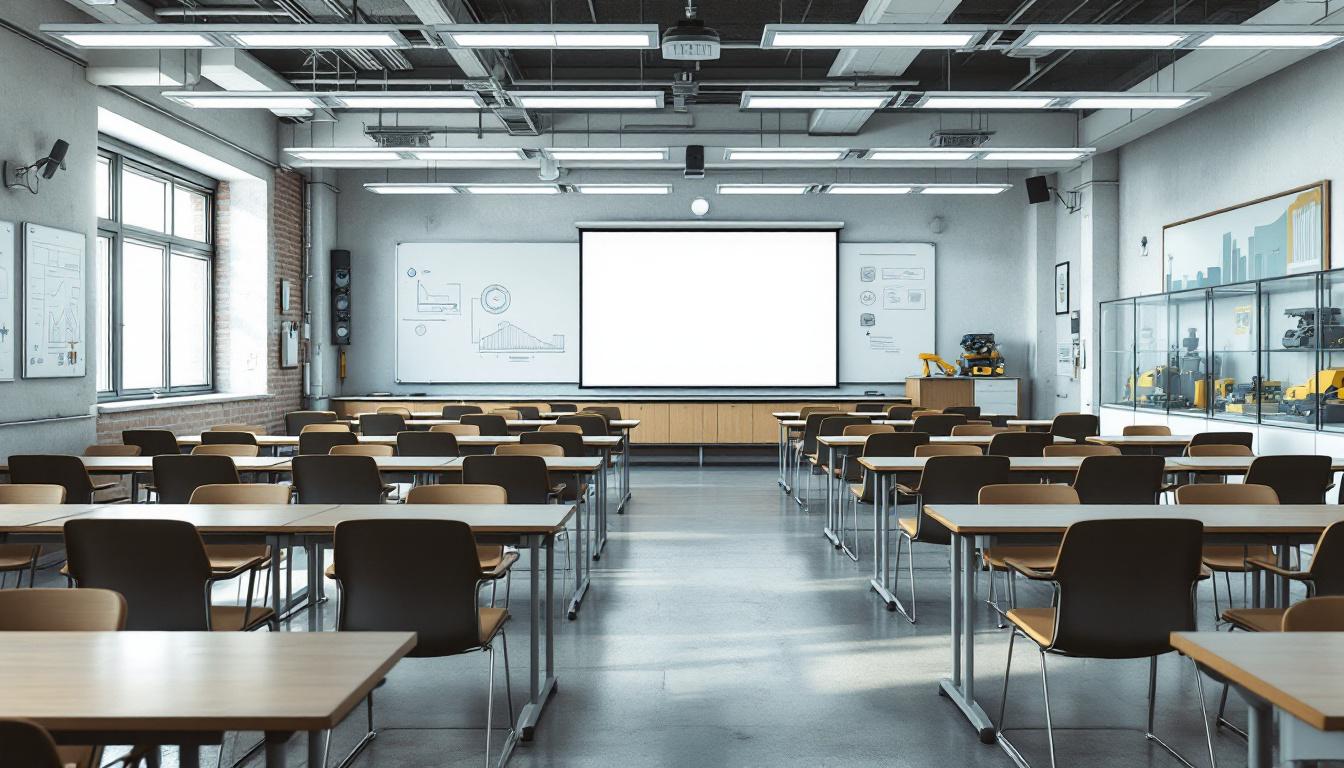
About Century Regional Detention Facility
Serving the correctional needs of Los Angeles County's southeastern communities, the Century Regional Detention Facility (CRDF) in Lynwood operates as a comprehensive correctional institution within California's broader criminal justice framework. This facility has evolved alongside the region's demographic shifts and urban development, reflecting decades of adaptation to changing correctional philosophies and community safety requirements throughout the Pacific region.
Located in Lynwood, CA, this correctional facility typically houses individuals at various stages of the judicial process, from pre-trial detention through sentencing phases. The facility generally maintains structured daily operations that may include educational programming, vocational training opportunities, and substance abuse counseling services designed to support rehabilitation efforts. Medical and mental health services are commonly provided to address the diverse needs of those incarcerated, while security protocols ensure both facility safety and community protection. The institution often coordinates with local courts, legal representatives, and family members to facilitate necessary communications and visits within established guidelines.
CRDF's role within California's correctional system extends beyond simple containment, as the facility typically emphasizes programs aimed at reducing recidivism and supporting successful community reintegration. Those incarcerated services may encompass literacy programs, job readiness training, and behavioral modification initiatives that align with contemporary rehabilitation approaches. The facility's operations generally reflect the Pacific region's commitment to balancing public safety concerns with evidence-based correctional practices, contributing to broader efforts to address crime prevention and community wellness throughout the greater Los Angeles area.
Programs & Services
Personal transformation begins within the structured environment where those incarcerated discover pathways toward meaningful change and skill development. The Century Regional Detention Facility in Lynwood typically emphasizes creating opportunities that foster both intellectual growth and practical preparation for successful community reintegration. Through carefully designed offerings, participants often find themselves equipped with tools that extend far beyond their period of incarceration, establishing foundations for sustained personal advancement.
Educational initiatives form the cornerstone of developmental opportunities, with high school diploma programs serving those who seek to complete their foundational academic credentials. These education initiatives may furnish comprehensive curricula that address various learning levels and academic backgrounds. Furthermore, vocational training offerings often include hands-on skill development in trades that align with current market demands, providing those incarcerated with marketable competencies that enhance their employment prospects upon release.
Rehabilitation programs typically encompass a broad spectrum of therapeutic interventions designed to address underlying behavioral patterns and promote lasting change. Anger management offerings may provide structured environments where participants develop crucial emotional regulation techniques and conflict resolution strategies. These support services often include group sessions and individual counseling components that encourage self-reflection and personal accountability, creating comprehensive frameworks for behavioral modification and psychological wellness.
Daily Life & Visitation
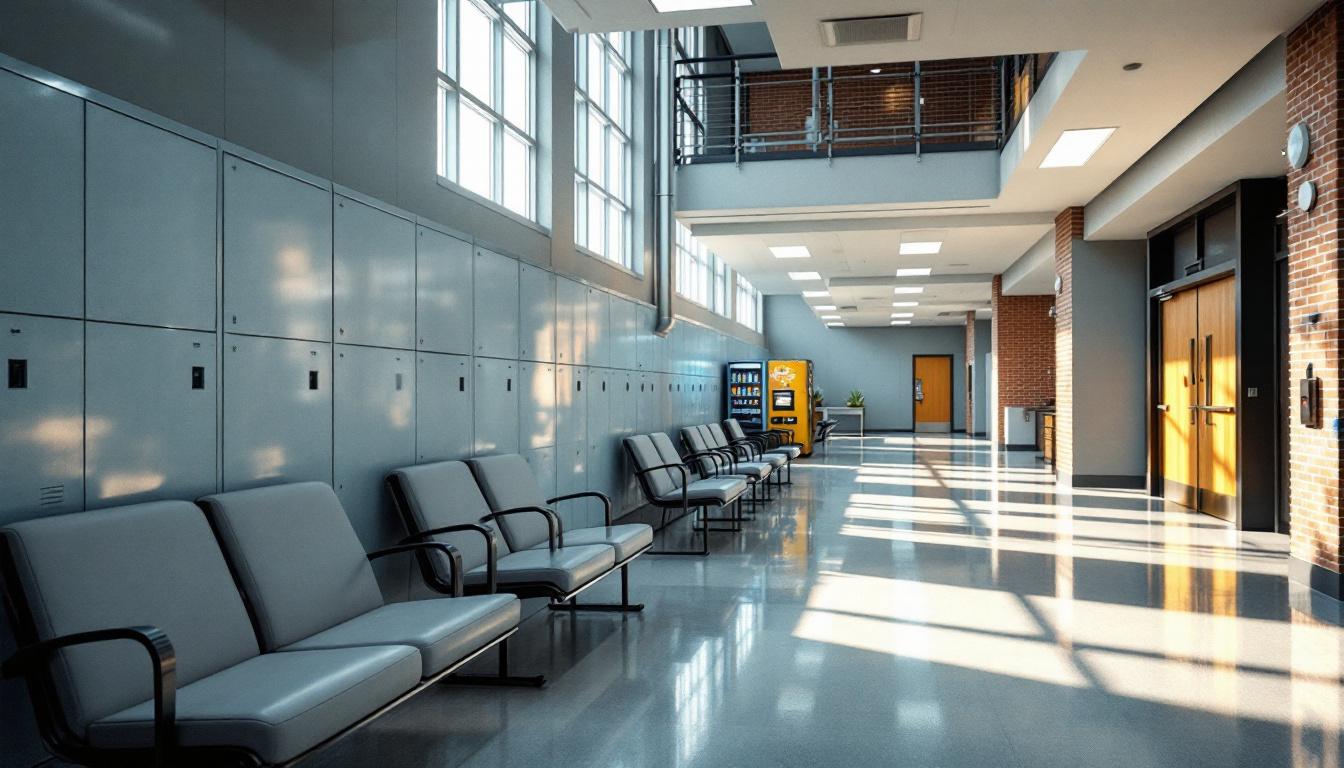
Family connections and community bonds remain central to the daily experience of those incarcerated at the Century Regional Detention Facility, where structured routines now provide a framework for maintaining relationships both within the facility and with loved ones on the outside. Those incarcerated typically begin each day with early morning counts and meal service, followed by regularly scheduled programming that may include educational classes, vocational training, or therapeutic groups designed to foster personal growth and prepare individuals for successful reintegration. The facility generally operates on a structured schedule that furnishes opportunities for social interaction during designated recreation periods, communal dining times, and shared living spaces where residents can build supportive relationships with their peers.
Living accommodations at the facility typically consist of dormitory-style housing units or smaller cells, depending on classification levels and individual circumstances. Those incarcerated usually share living spaces with others, creating opportunities for meaningful connections and mutual support during their time at the facility. Furthermore, the dining arrangements generally bring residents together for communal meals served at designated times throughout the day, fostering a sense of community while providing necessary nutrition and social interaction opportunities that help maintain emotional well-being.
The facility typically offers various recreational activities and programming options that furnish structure and purpose to daily life, including access to library services, educational programs, and physical fitness opportunities when available. Although security protocols govern all activities, those incarcerated may participate in work assignments within the facility that provide valuable skills and help maintain a sense of contribution to the community. Visitation policies generally allow for regular contact with family members and loved ones, while communication options such as telephone access and correspondence help maintain crucial outside connections that support successful reintegration and emotional stability throughout the incarceration period.
Ready to Connect?
Start communicating with your loved one today
Search for an Inmate
